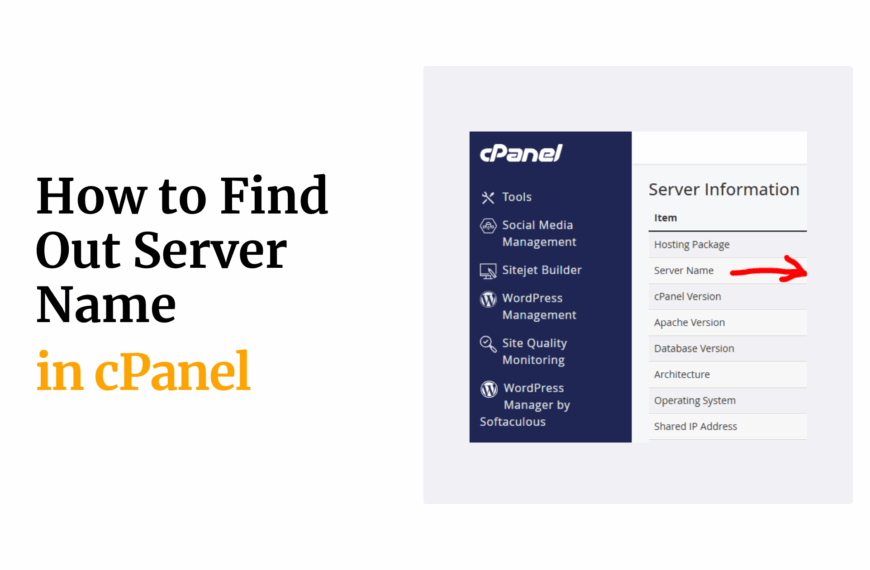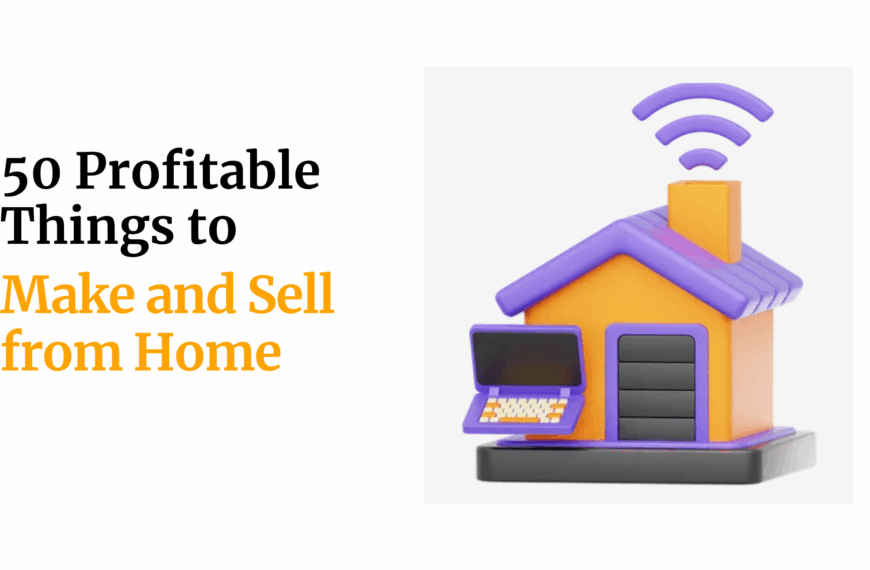The internet can be a blessing, but it can also be a serious distraction or even a danger. If you’re a parent trying to protect your kids, a student fighting off procrastination, or someone simply trying to avoid toxic sites, knowing how to block certain websites can make a huge difference.
The good news? You don’t need to be a tech expert to do it.
This guide is designed to walk you through the process step by step, in plain language. You’ll learn how-to-block-a-website on just about any device or browser you use every day:
Google Chrome, Windows PCs, MacBooks, Android phones, iPhones, and more.
We’ll keep things clear, simple, and practical so that you can take back control in just a few clicks.
Table of Contents
Why You Might Want to Block a Website
We all use the internet every day, for work, learning, and staying connected. But not every website is helpful or safe.
Sometimes, certain sites do more harm than good.
Here are some of the most common reasons people choose to block websites:
- To stay focused
Social media, video platforms, and gaming sites can be major distractions when you’re trying to work or study.
- To protect children
As a parent or guardian, you might want to block access to websites with adult content, violence, or other harmful material.
- To avoid harmful content
Some websites are known for scams, fake news, or malware. Blocking them keeps your device and your data safe.
Regardless if at home or in the office, limiting access to time-wasting websites can help everyone stay on track.
Whatever your reason, the good news is this: blocking a website is completely doable, and you don’t need to be a tech genius to pull it off.
1) How to Block a Website in Google Chrome (Desktop)
Google Chrome is one of the most popular browsers out there. It is fast, simple, and user-friendly. But one thing it doesn’t offer out of the box is a way to block websites.
Luckily, there’s a quick solution: use a browser extension.
✅ Use a Free Chrome Extension
Extensions are small add-ons you can install in Chrome to expand its features, and some are designed specifically to help you block websites easily.
Here’s a step-by-step guide to get started:
- Open Google Chrome on your computer.
- Go to the Chrome Web Store.
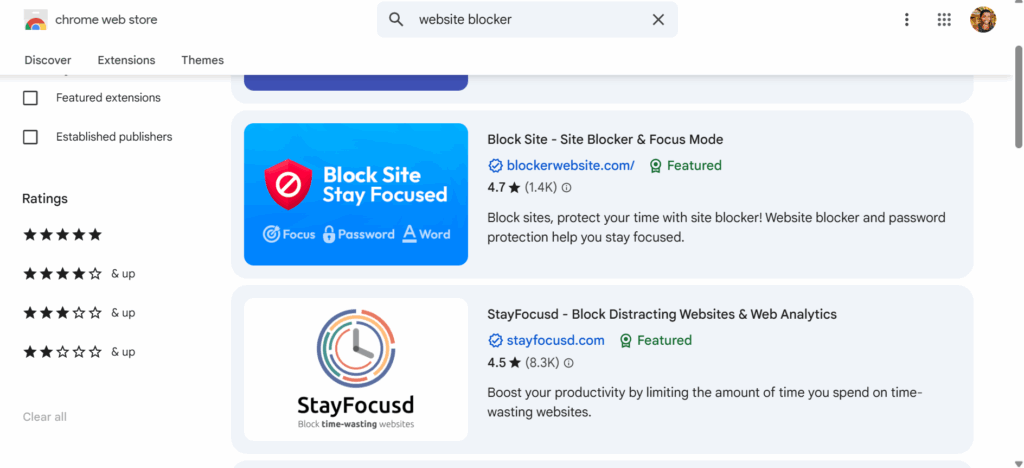
- In the search bar, type a keyword like “website blocker” or look for these popular options:
- BlockSite
- StayFocusd
- Site Blocker
- Find the extension that suits your needs and click “Add to Chrome”.
- After it installs, you’ll see the icon appear near the top-right corner of your browser.
- Click the icon and open the extension’s Settings or Dashboard.
- There, you can type in the websites you want to block. For example,
www.facebook.com, www.youtube.com, or any other domain.
Why Use an Extension?
- No need to change system settings
- Easy to install and remove
- Works only in Chrome, so other browsers won’t be affected
If you’re someone who spends a lot of time in Chrome and needs a quick fix to distractions, this is one of the easiest and most effective methods to try.
2) How to Block a Website on Windows (All Browsers)
If you want to block a website across all browsers on your Windows computer, including Google Chrome, Microsoft Edge, Firefox, and others, the most reliable method is to edit the hosts file.
This method works at the system level, meaning once you block a site here, it won’t load in any browser on your PC.
Method: Use the Windows Hosts File
The hosts file is a small but powerful system file in Windows that maps domain names to IP addresses.
By pointing a website’s domain to your local computer (127.0.0.1), you’re telling Windows to stop loading it from the internet.
Follow These Steps:
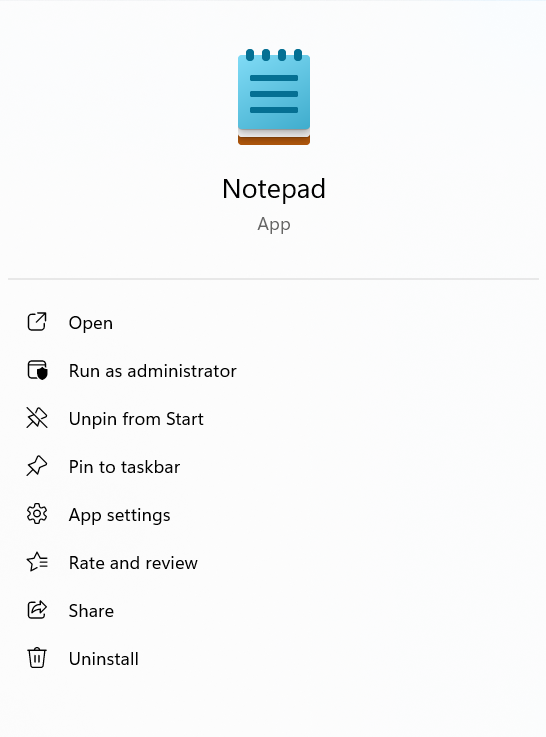
- Open your Start Menu and search for Notepad.
- Right-click on it and select “Run as administrator.”
This permits you to save the changes later. - In Notepad, click on File and then choose Open.
- Go to the folder that contains system files. It’s located at:
Windows > System32 > drivers > etc - At the bottom of the window, change the file type option so you can see all files.
- Find and open the file named hosts.
- Scroll down to the very bottom of the file.
- Add the website addresses you want to block, each on a new line.
Use this format: first the number, then the website.
Example:- Block Facebook by typing its address
- Block YouTube the same way
- Save the file and close Notepad.
- Restart your browser for the changes to take effect.
If the websites still open, try restarting your computer or clearing your DNS cache.
💡 Why This Works
By redirecting the website to 127.0.0.1 (your computer), your browser can’t find the real version online, effectively blocking it.
⚠ Important Notes:
- You must have administrator access to edit and save the hosts file.
- This method doesn’t have a user-friendly interface, but it’s powerful and doesn’t rely on third-party apps.
- To unblock the website later, simply remove the line from the hosts file and save again.
If you’re looking for a permanent, no-distraction solution across all browsers, this is a great option.
3) How to Block a Website on macOS
If you’re using a Mac and want to block websites across all browsers, like Safari, Chrome, or Firefox, you can do it by editing the hosts file. This works similarly to how it does on Windows.
You’ll use the Terminal app, which gives you direct access to system-level settings.
Use the Terminal + Hosts File
Here’s how to block a website on macOS:
- Open Terminal. You can find it by searching with Spotlight or in the Applications folder under Utilities.
- Use Terminal to open the hosts file.
- When asked, enter your Mac’s password to continue.
- A simple text editor will appear with the hosts file.
- Scroll to the bottom and add the website you want to block, pointing it to your local computer.
For example, you might block websites like:- www.reddit.com
- www.youtube.com
- Save the changes and close the editor.
- Next, clear your Mac’s DNS cache so the block takes effect.
After that, the websites you added will no longer open in any browser on your Mac.
This is a simple, powerful way to block distractions, and it doesn’t require installing anything.
4) How to Block a Website on Android
Most Android browsers don’t have built-in blocking tools. But the good news is: there’s an app for that.
Use the BlockSite App (Free)
BlockSite is a popular Android app designed to help you control your browsing habits.
Here’s how to use it:
- Go to Google Play Store and download the BlockSite app.
- Open the app and grant the permissions it asks for (like accessibility access).
- Tap the “+” button to start adding websites.
- Type in the URLs you want to block, for example:
www.instagram.com or www.netflix.com - You can also:
- Set daily schedules
- Block adult content
- Prevent access in Incognito mode
- Even block specific keywords or apps
- Set daily schedules
It’s perfect if you’re trying to stay focused or create a child-safe phone environment.
5) How to Block a Website on iPhone or iPad
Apple makes it surprisingly easy to block websites, thanks to Screen Time, a built-in tool for managing content and device usage.
Use Screen Time
Follow these steps:
- Go to Settings > Screen Time
- If you haven’t already, tap “Turn On Screen Time.”
- Tap Content & Privacy Restrictions and toggle it On
- Go to Content Restrictions > Web Content
- Choose Limit Adult Websites
- Under “Never Allow”, tap Add Website
- Enter the full URL of the site you want to block
Once added, that website won’t open in Safari, Chrome, or any other browser on your iPhone or iPad.
This is a great option for parents setting limits on children’s devices, or anyone managing their screen habits.
6) Blocking Websites on Routers (Network-Wide)
Blocking websites at the router level affects all devices connected to your network.
This is ideal for parental controls or small office environments.
1. Access Your Router’s Settings
- Find your router’s IP address (often printed on the back of the router or in its manual). Common IPs are 192.168.1.1 or 192.168.0.1.
- Open a web browser and enter the router’s IP address in the address bar.
- Log in using your router’s username and password (default credentials are often “admin” for both). Change these defaults for security!
2. Find Website Blocking/Parental Control Settings
Router interfaces vary, but look for sections like:
- Parental Controls
- Access Restrictions
- Security
- URL Filtering
3. Add Websites to the Block List
- In the relevant section, you’ll typically find an option to enter website URLs or keywords to block.
- Add the desired websites and save your changes.
- Some routers also allow you to set schedules for when these blocks are active.
4) Using Parental Control Software
For more comprehensive website blocking and monitoring, especially for families, parental control software is an excellent option.
Features of Parental Control Software
- Advanced Filtering: Blocks categories of websites (e.g., adult content, gaming) rather than just individual sites.
- Time Limits: Sets limits on screen time or internet usage.
- Activity Reports: Provides insights into online activity.
- Multi-Device Support: Manages settings across smartphones, tablets, and computers.
Examples include Net Nanny, Qustodio, and Bark. These often require installation on each device you wish to monitor.
This is ideal for shared spaces like homes, schools, or small businesses.
Troubleshooting Blocked Websites
Sometimes, a website might still be accessible even after you’ve tried to block it.
1) Clear Browser Cache and DNS
Your browser and computer store data to speed up loading times. This cached data can sometimes prevent new blocking rules from taking effect.
- Clear Browser Cache: In Chrome, go to Settings > Privacy and security > Clear Browsing Data. Select “Cached images and files” and “Cookies and other site data.”
- Flush DNS:
- Windows: Open Command Prompt as administrator and type ipconfig /flushdns.
- macOS: Open Terminal and type sudo dscacheutil -flushcache; sudo killall -HUP mDNSResponder.
2) Check for Multiple Blocking Methods
If you’ve used a Chrome extension and edited your hosts file, ensure there are no conflicts. Try disabling one method to see if the other takes effect.
3) Restart Devices
A simple restart of your browser, computer, or router can often resolve lingering issues and apply new settings correctly.
Conclusion
Learning how to block a website isn’t just for tech experts. It’s a simple but powerful way to take back control of your time and create a safer online space.
Whether you’re trying to stay focused, protect your kids, or avoid harmful content, the right method is out there, from easy browser extensions to deeper system or router-level blocks.
The internet should work for you, not against you.
At Truehost SA, we get how overwhelming the digital world can be. That’s why we’re here, not just to power your websites and domains, but to help you build a healthier, more productive online life.
If you’re serious about managing your online environment, not just what you browse, but how your systems operate, VPS hosting is worth exploring.
 Web Hosting
Web Hosting Windows HostingBuilt for Windows apps and websites – stability, speed and flexibility
Windows HostingBuilt for Windows apps and websites – stability, speed and flexibility Reseller HostingLaunch a hosting business without technical skills or expensive infrastructure
Reseller HostingLaunch a hosting business without technical skills or expensive infrastructure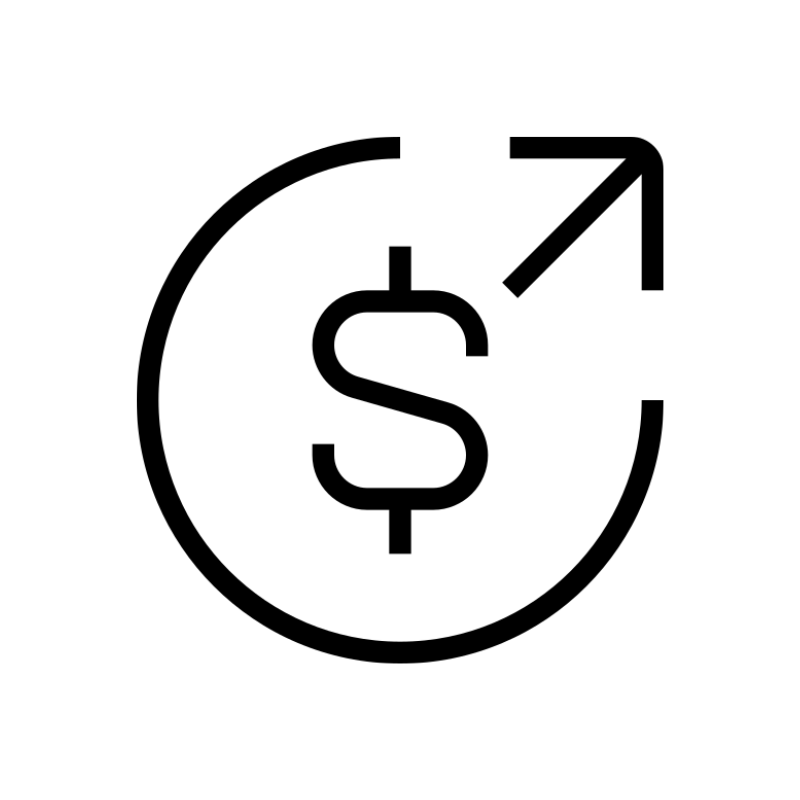 Affiliate ProgramRefer customers and earn commissions from sales across our platform
Affiliate ProgramRefer customers and earn commissions from sales across our platform Domain SearchFind and secure a domain name in seconds with our quick lookup tool
Domain SearchFind and secure a domain name in seconds with our quick lookup tool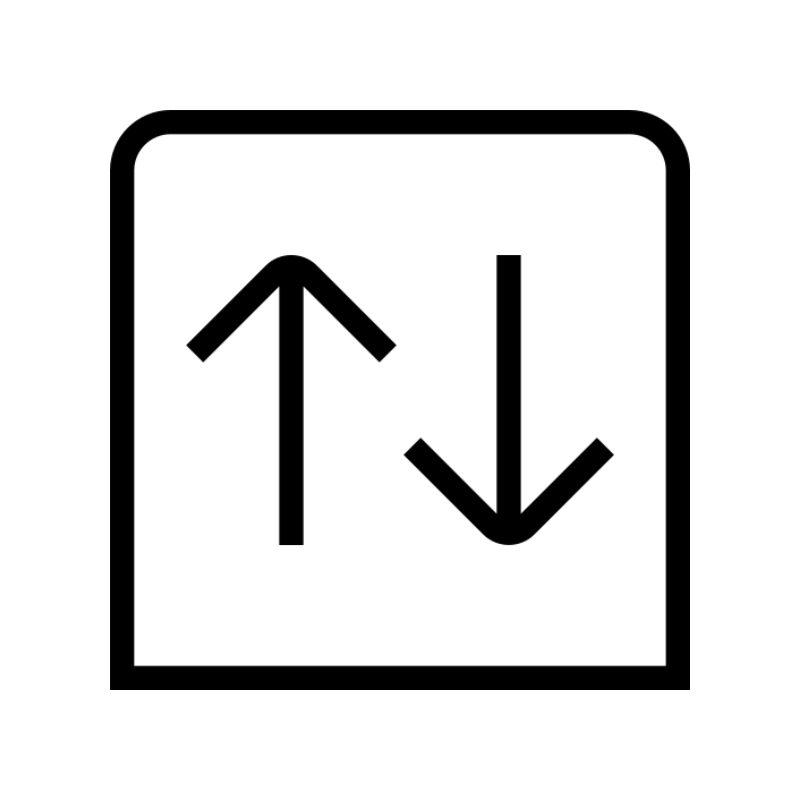 CO ZA Domains
CO ZA Domains All DomainsExplore domain names from over 324 TLDs globally – all in one place
All DomainsExplore domain names from over 324 TLDs globally – all in one place Free Whois Lookup Tool South Africa
Free Whois Lookup Tool South Africa VPS
VPS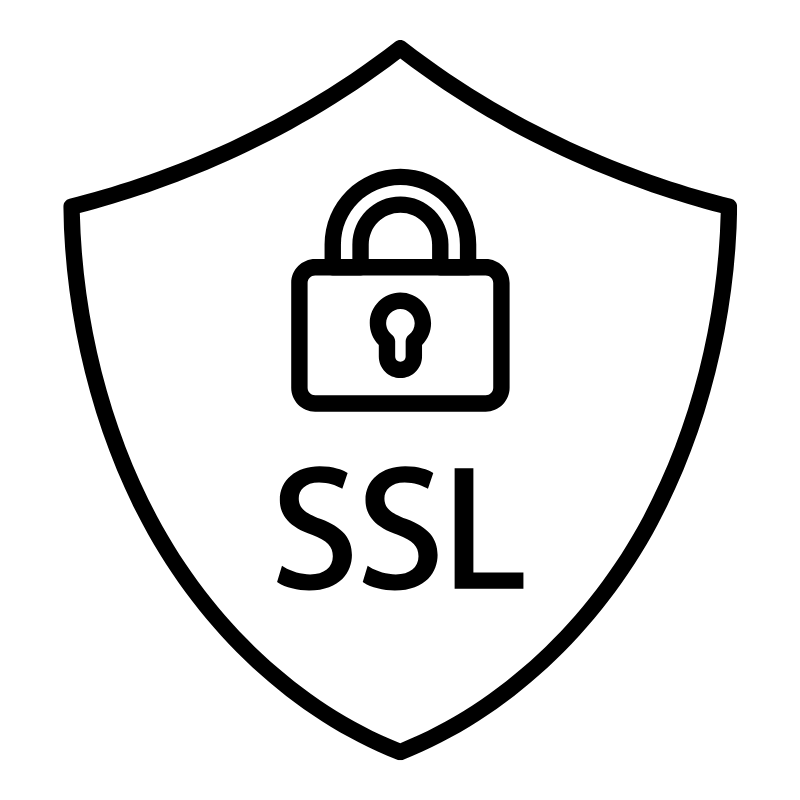 SSLs
SSLs



